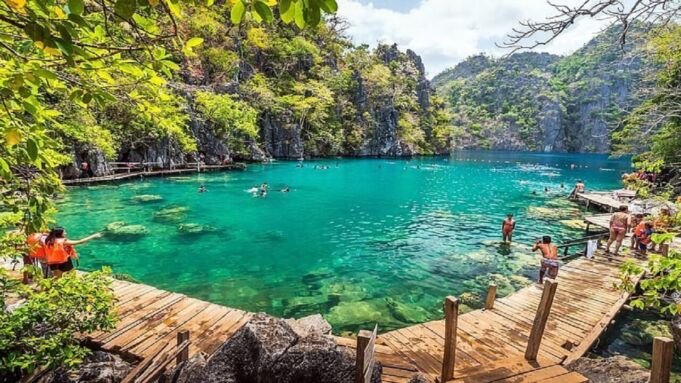The largest island in the Philippines is Luzon. Stretching over an area of approximately 104,688 square kilometers, Luzon is not only the biggest in the archipelago but also one of the most populous islands in the world. It is the economic, political, and cultural hub of the country, housing the nation’s capital, Manila. Luzon is renowned for its diverse landscapes, including mountains, volcanoes, and rich biodiversity, as well as its significant cultural and historical sites.
As the largest island in the Philippines, Luzon is a tapestry of varied landscapes, bustling cities, and rich historical sites, making it a microcosm of the country’s diverse offerings.
Is Luzon the largest island in the Philippines?
Yes, Luzon is the largest island in the Philippines. It is the most populous island in the country and serves as the political and economic center, with the capital city, Manila, located on it. Luzon’s diverse landscape includes mountains, forests, and coastlines, and it plays a crucial role in the cultural, historical, and social fabric of the Philippines.
READ: How Many Islands in The Philippines?
Luzon at a Glance
Luzon, stretching approximately 104,688 square kilometers, is not only the largest island in the Philippines but also one of the most populous islands in the world. It is the economic and political heart of the nation, hosting the capital city, Manila, which is the political, social, and cultural hub of the country.
Luzon Geography and Biodiversity
Luzon’s geography is as varied as it is impressive. It boasts rugged mountains, including the famous Cordillera Range, and active volcanoes like Mount Pinatubo and the picturesque Mayon Volcano. The island’s topography contributes to its rich biodiversity, with numerous endemic species of flora and fauna. The Northern Sierra Madre Natural Park and the Bicol Region are just two examples of Luzon’s ecological treasures.
READ: 1st Largest Island in The Philippines
Cultural Melting Pot
Luzon reflects the Philippines’ cultural diversity. Its history is a blend of indigenous, Spanish, American, and Asian influences, evident in its architecture, traditions, and cuisine. The historic city of Vigan in Ilocos Sur is a UNESCO World Heritage site, showcasing well-preserved Spanish colonial and Asian architecture. Festivals like Panagbenga in Baguio and the Pahiyas in Lucban are vibrant displays of local culture and traditions.
Economic Powerhouse
As the country’s economic center, Luzon is home to several business districts and industries. Metro Manila alone generates a significant portion of the Philippines’ GDP. The region’s infrastructure, including international airports and advanced transport systems, facilitates both domestic and international trade.
READ: 2nd Largest Island in The Philippines
Traveler’s Paradise
For travelers, Luzon offers an array of experiences. From the hustle and bustle of Manila with its malls, museums, and historical sites, to the serene beaches of La Union and the surf town of Baler, there’s something for every kind of traveler. The cool climate of Baguio, the summer capital of the Philippines, provides a respite from the tropical heat.
Conclusion
Luzon, with its mix of natural beauty, cultural richness, and economic vitality, is more than just the largest island in the Philippines. It’s a testament to the country’s resilience, diversity, and warmth. Whether you’re a history enthusiast, nature lover, or just a curious traveler, Luzon invites you to explore and experience the heart and soul of the Philippines.
READ:
3rd Largest Island in The Philippines
















[…] entertainment, positioning itself as a global entertainment capital with Manila as the social and cultural hub of the country. Visitor numbers and spending have increased with tourism receipts topping P760 […]
Comments are closed.